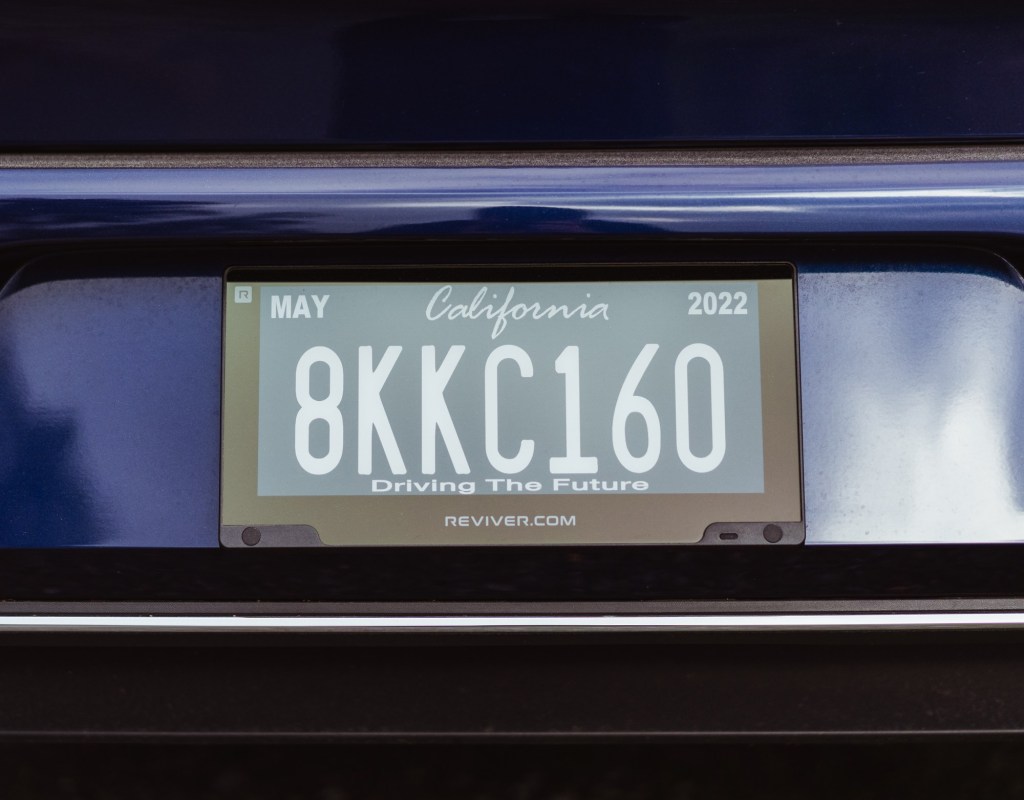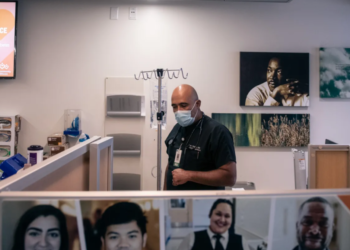Q. Hi Honk: I saw this yesterday, and it’s the first time I’ve seen one. Is this a breast cancer awareness plate?
– Noel Delaspenas, Long Beach
A. Might be – but it isn’t legal.
Noel sent Honk a photo of a rear California license plate, with the number in pink and the background black.
Looks nifty, but …
“Yeah, that’s illegal,” said Jake Sanchez, an officer and spokesman for the California Highway Patrol who was kind enough to look at the shot. “It looks nice. It’s supporting a cause – it’s illegal.”
(There is, by the way, a DMV-issued Breast Cancer Awareness plate that is mostly pink with an illustration of a ribbon.)
Motorists certainly can get cited for changing the color scheme of their plates – or scratching off the paint or using tape to change the appearance or a number or a letter.
How much an offender gets tagged can be tied to intent, Sanchez said. Is the motorist just dressing up the plate, or trying to elude tolls and red-light camera fines? Just changing the reflective sheen alone might fool cameras.
Sanchez and Honk have seen similar illegal plates, yellow on black – copying the popular California 1960s Legacy License Plates issued by the Department of Motor Vehicles. Like the pink-on-black plate, they are neat and appear to have been professionally painted.
Specialty plates come with an extra cost.
Spotting a fake is easy.
On a standard-issue plate, with blue letters on a white background, “California” is in script, in the style of handwriting. So when one is illegally painted, it still retains that font.
But on the DMV-issued Legacy plates, the yellow-on-black ones, “California” is in block letters.
There are legal plates on the roadway, too, that are white and black, sold by Reviver with the DMV’s approval, and powered by battery or wired into the vehicle. They have a matte tone, and instead of a colorful tag in the upper-right corner, the proof of annual registration is placed there digitally,…
Read the full article here







